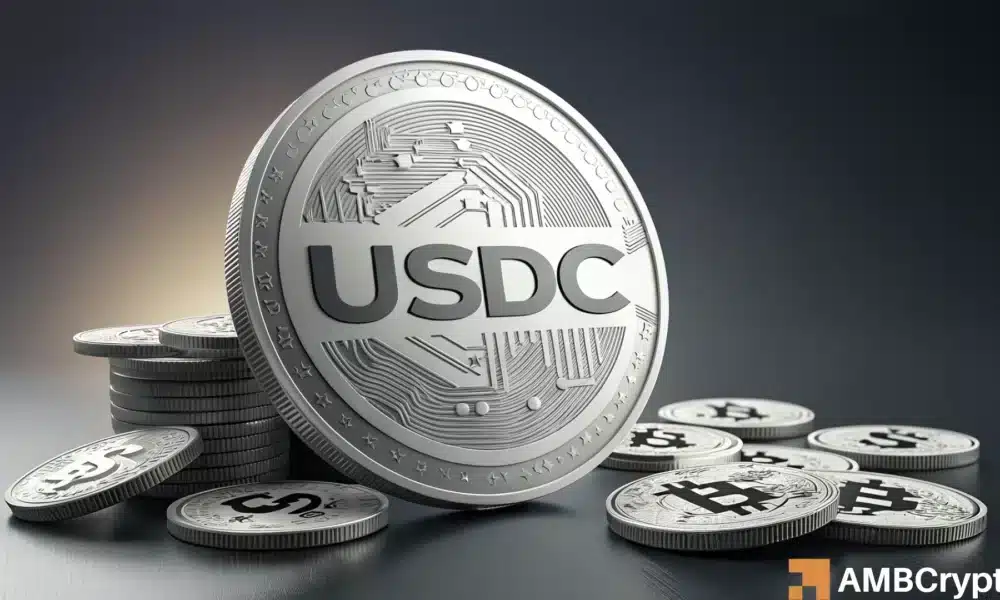- USDC’s hike signals potential risk aversion and reduced market volatility
- A decline in USDC dominance could spark renewed interest in altcoins
The stablecoin market has been undergoing a notable shift, with USDC gaining significant ground against industry leader Tether [USDT]. As altcoins struggle to gain momentum, many investors have turned to USDC, fueling its rise.
Right now, USDC’s dominance is approaching a key resistance level. In fact, reports suggest there may be patterns similar to the ones seen in 2021, leading to speculation about the broader market implications.
While USDC’s growth could highlight greater risk aversion and potential bearish trends, a decline in its dominance might pave the way for a market rebound and fresh highs.
USDC’s ascendancy in the stablecoin market
Since 2023, the stablecoin market has seen notable growth, primarily driven by Tether. However, recent trends indicate that USDC is gaining momentum, particularly following the recent altcoin sell-offs.
A significant portion of these sell-offs has been converted into USDC – A sign of its increasing preference among investors.
USDC’s key advantages include regulatory clarity and strong institutional backing, which make it a preferred choice for traders and institutional investors seeking stability in volatile market conditions.
Unlike USDT, which has faced scrutiny over transparency issues, USDC benefits from full-reserve audits and compliance with U.S. regulations. This seems to be providing a sense of security to investors.
A look beyond USDT and USDC
While USDC and USDT continue to dominate the stablecoin market, the growth of smaller stablecoins has been stagnant since 2023.
The combined market cap of these alternative stablecoins has remained relatively unchanged, signaling limited innovation and adoption outside of the two major players.
This stagnation raises questions about the future of the stablecoin landscape. Alternative projects face challenges such as regulatory uncertainty, liquidity issues, and a lack of institutional support. The growing consolidation around USDT and USDC hints at a maturing market, one where only the most resilient stablecoins remain relevant.
However, this dominance could limit competition and diversity within the ecosystem. As regulatory pressures increase, the sustained hike in USDC and USDT may solidify their grip on the market, leaving fewer decentralized alternatives for traders and institutions.





